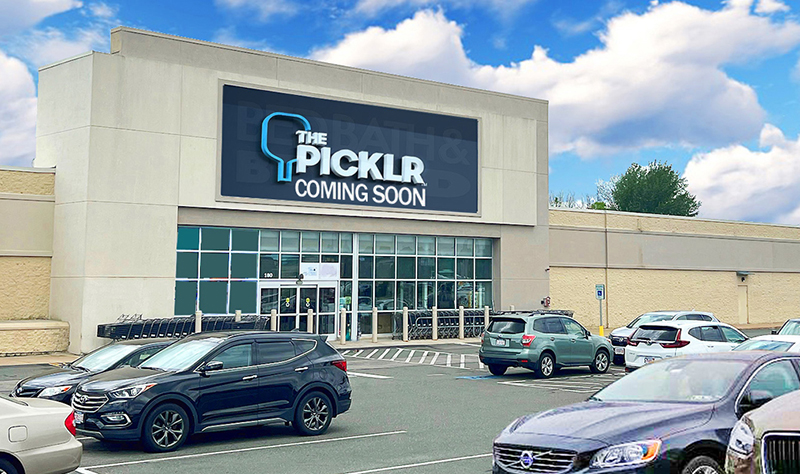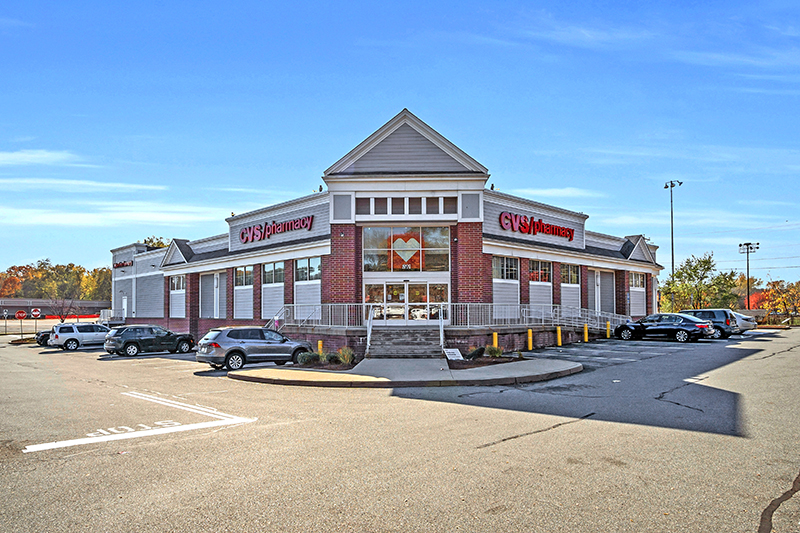News: Retail
Posted: August 27, 2015
Traffic engineering: The times they are a-changin' - a societal change is upon us
Similar to Bob Dylan's song from the early 1960s, "The Times They Are a-Changin,'" times have changed in the traffic engineering world. Dylan's song was intended to encourage societal change. In the traffic engineering world, a societal change is also upon us. Actually, this change has been building for a while as people are becoming less reliant on automobile travel, and more open-minded to different modes of transportation. So, why is this change important to real estate developers?
With the introduction of the automobile, people became more dependent on vehicular travel as we tended to drive further distances for work, shopping, and recreation. As a result, traffic engineers have traditionally been faced with the challenge of designing a roadway system intended to efficiently move motor vehicles between destinations. With the change in societal behavior, the focus on improving the roadway infrastructure has been altered and is now concentrated on balancing the needs of all roadway users, such as pedestrians, cyclists, transit users, trucks, and automobiles to provide a transportation system to efficiently move people. Although there are different theories for this shift from the automobile (e.g., oil prices, environment, and health), people are seeking alternative means of transportation. One problem is that many roadway systems do not provide facilities to accommodate non-motorized mobility, such as sidewalks, public pathways and trails, and bicycle lanes.
Enhancing the integration and connectivity of the transportation system are important components in developing an efficient network that accommodates various modes of transportation. A fully integrated and connected multi-modal transportation system is important for maintaining the quality of life for residents, business owners, and workers, as well as contributing to a vibrant economy. As communities create visions to develop the roadway infrastructure in addressing current and future needs, land developers may have an opportunity (or be encouraged) to help improve transportation safety, accessibility, and mobility for all applicable roadway users.
Collaboratively, communities and land developers have the ability to better integrate land use and transportation planning. Communities, businesses, and people benefit when decisions are made for land use and transportation concurrently. Transportation systems serve many purposes, including access to residences and business, local and regional mobility, and economic growth. Several transportation planning strategies can be considered collectively into the design of land development and roadway infrastructure projects. Some of these methods include the following:
Complete Streets is an approach to implement transportation designs that safely and efficiently accommodate different users of a roadway system. This, includes pedestrians, cyclists, motorists, and transit riders of all ages and abilities.
Access management is a design technique used to control the manner in which vehicles access adjacent roadway systems to provide improved vehicle progression, reduced collisions, and minimized vehicular conflicts. Some Access Management strategies include the location, number, spacing, and design of land development driveways (e.g., turn restrictions, exclusive turn lanes, and shared driveways or internal connectivity with adjacent properties).
Context Sensitive Solutions is a cooperative approach with the roadway stakeholders to develop a transportation design that corresponds with the area's physical setting and balances the maintenance of existing resources (e.g., scenic, aesthetic, historic, and environment) with safety and mobility.
Since each community is unique, planning and design techniques should be contemplated for each project independently because what can be effective in one community may have different results in another. Some communities may have developed long-term visions as part of their Corridor Planning (e.g., Vision Plan, Master/Comprehensive Plan, Land Use Plan, and Transportation Plan), which land developers need awareness of to better understand different expectations for site development. Within areas in proximity to public transportation, Transit-Oriented Design components (e.g., non-motorized transportation amenities, managed parking, and bus stop shelters) may be incorporated into land use planning. Road Diets are other strategies communities use to reduce the number of travel lanes along a roadway, and convert extra space into bicycle lanes and sidewalks.
Land developers should coordinate with local officials to understand the existing and future roadway infrastructure visions a community has for the subject area. These initial efforts can save the developer time and money.
Times have changed as municipalities, regional planning commissions, and states have placed a significance on multi-modal access and mobility rather than the historic focus on automobile progression and roadway expansion as paramount to successful development. Transportation alternatives are becoming more emphasized to support land development and economic growth. Land developers are being asked to help advance the community's overall plan by enhancing pedestrian connectivity, constructing bicycle facilities, and providing transit amenities. The intent of an integrated and connected transportation system is to provide a continuous transition between facilities and promote multi-modal mobility for residents, employees, business owners, and customers. As Dylan sang, "Your old road is rapidly agin'. Please get out of the new one if you can't lend your hand. For the times they are a-changin'."
Jason Plourde, P.E., PTP is a project manager at Tighe & Bond, Portsmouth, N.H.
Tags:
Retail
MORE FROM Retail
Mace of KeyPoint Partners negotiates 36,192 s/f lease for The Picklr at Endicott Square
Danvers, MA KeyPoint Partners (KPP) negotiated a lease with the nation’s premier indoor pickleball venue The Picklr at Endicott Sq. Vice president of retail brokerage Don Mace negotiated the transaction on behalf of the landlord.





.jpg)


